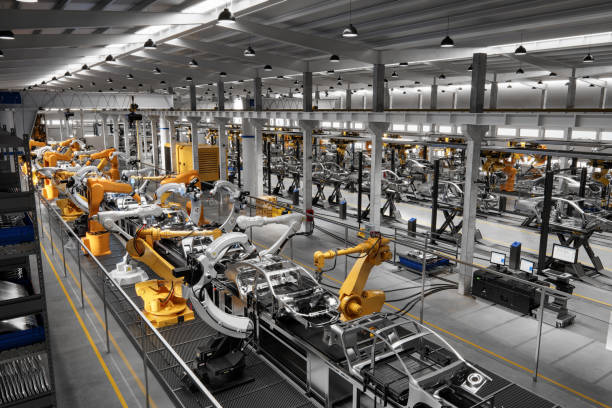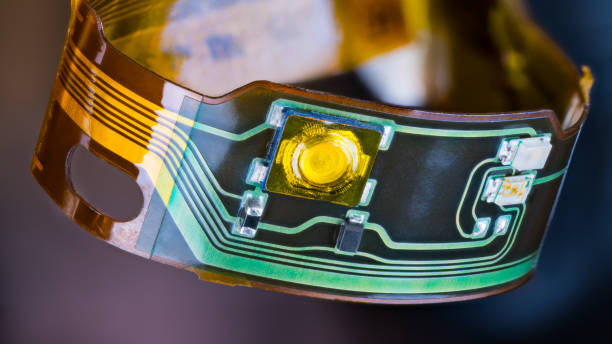Forging Ahead: The Surprising Advancements in Automotive Forging Technology
The automotive industry is a world constantly in flux, with technological advancements pushing the boundaries of what we deem possible. One such advancement that is quietly revolutionizing the industry is forging technology. As an oft-overlooked aspect of car manufacturing, this process has undergone considerable evolution, offering innovative solutions to age-old challenges.

The Anatomy of Automotive Forging
Forging, at its core, is a manufacturing process that involves the shaping of metal using localized compressive forces. In the automotive industry, this technique is used to create durable and reliable parts, such as engine components, transmission gears, and axle shafts. This process dates back to the early days of the automotive industry, with the first forged parts appearing in cars at the turn of the 20th century.
The Transformative Shift in Forging Techniques
Over the past century, forging techniques have undergone a drastic transformation. Today, advanced methods like precision forging are used to create high-quality parts with intricate designs. This method employs precise dies that require less machining, thereby reducing waste and saving costs. Additionally, advancements in heating technologies have enabled more efficient and controlled forging processes, leading to improvements in the quality and consistency of forged parts.
The Current Landscape: Forging in the Modern Automotive Industry
The modern automotive industry is increasingly relying on forging technology for its benefits. Industry experts acknowledge that forged parts offer superior strength, durability, and reliability compared to other manufacturing methods. As vehicles become more complex and demanding, the need for high-quality, durable parts is more critical than ever.
Forging Ahead: The Impact of Forging Technology
The impact of advancements in forging technology is widespread. For one, it has resulted in the creation of more durable and reliable vehicles. Forged parts are less likely to fail under stress, which translates to fewer breakdowns and less frequent part replacements. Additionally, the use of precision forging has led to cost savings for manufacturers, which can potentially translate to lower vehicle prices for consumers.
The Road Ahead: Challenges and Opportunities
Despite the significant strides made in forging technology, challenges persist. The process is energy-intensive and can have a considerable environmental impact. However, the industry is actively exploring greener forging methods, such as the use of renewable energy sources for heating. Moreover, the advent of advanced materials like high-strength steels and aluminum alloys presents new opportunities for the use of forging in automotive manufacturing.
In conclusion, forging technology, while often overlooked, plays a pivotal role in the automotive industry. It is a testament to the industry’s constant evolution and the relentless pursuit of excellence. As we drive into the future, it will be exciting to see how this age-old process continues to shape the vehicles of tomorrow.





